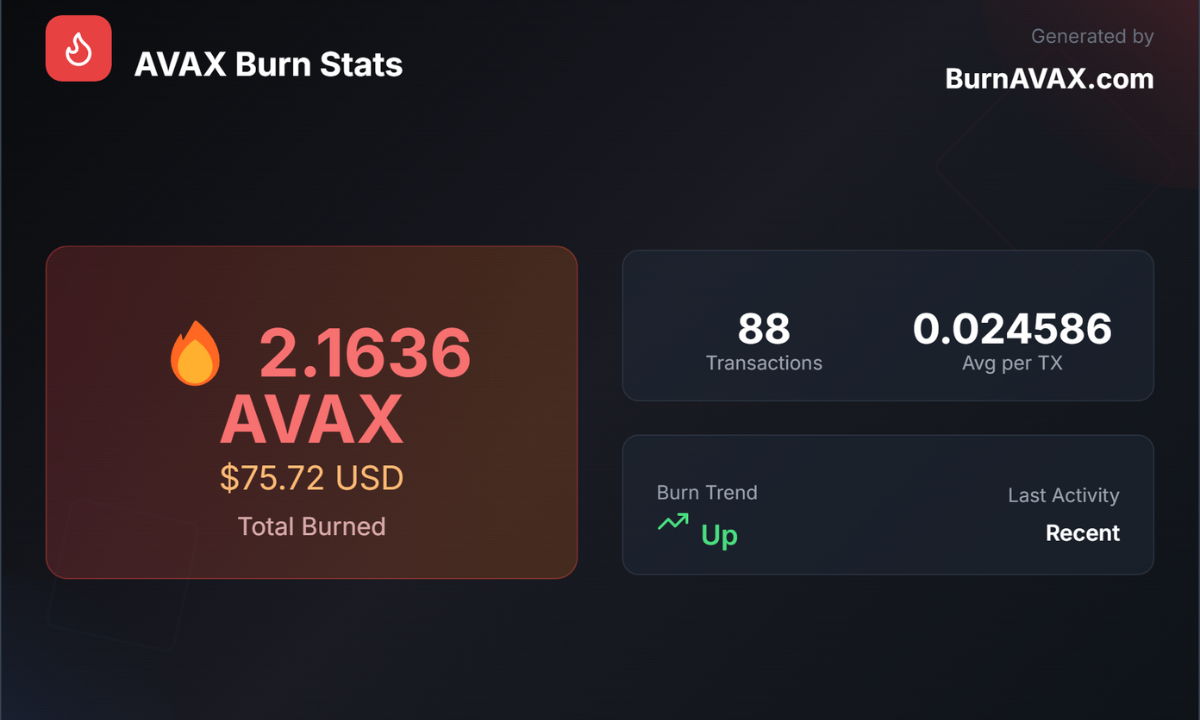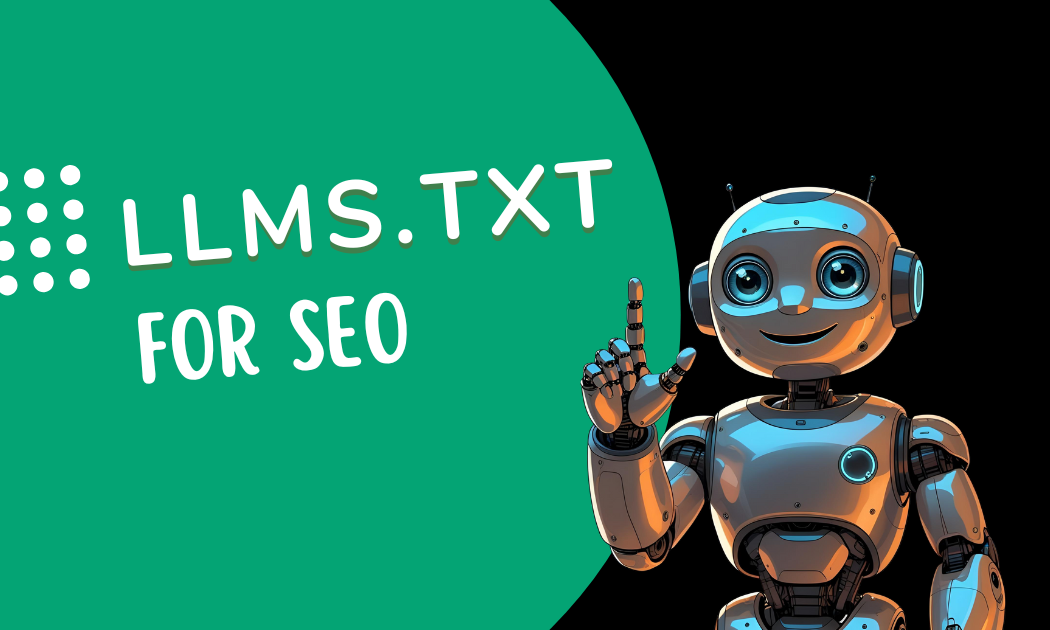Optimizing PDFs for ADA and WCAG Compliance: A Comprehensive Guide
In today’s digital landscape, ensuring that all online content is accessible to everyone, including individuals with disabilities, is not just a moral imperative but a legal requirement. Portable Document Format (PDF) files, widely used for sharing reports, forms, and manuals, often pose significant accessibility challenges. Optimizing PDFs for compliance with the Americans with Disabilities Act (ADA) and Web Content Accessibility Guidelines (WCAG) is critical for businesses, local governments, and organizations with extensive digital archives. This article explores the importance of PDF accessibility, the challenges of bringing thousands of legacy PDFs into compliance, the deadlines for adherence, and practical solutions, including the innovative vComplianceScanner tool.
Why PDF Accessibility Matters
PDFs are a cornerstone of digital communication, used for everything from government notices to corporate whitepapers. However, without proper accessibility features, these documents can exclude individuals with visual, auditory, or cognitive impairments. For example, screen readers, which assist visually impaired users, rely on tagged content, logical reading orders, and alternative text for images to interpret PDFs. Non-compliant PDFs can render critical information inaccessible, violating the principles of inclusivity and equality.
Beyond ethics, accessibility is a legal mandate. Title III of the ADA requires businesses classified as “public accommodations” to ensure equal access to digital content, including PDFs. Similarly, Title II applies to state and local governments, mandating compliance with WCAG 2.1 Level AA standards. Failure to comply can lead to lawsuits, with over 4,000 web accessibility-related cases filed in 2023 alone, many citing WCAG as the benchmark. Additionally, accessible PDFs enhance search engine optimization (SEO) by improving content discoverability through tagged structures and descriptive metadata, potentially boosting web traffic and audience reach.
The Pain Point: Legacy PDFs and Compliance Challenges
For businesses, cities, and organizations with websites hosting hundreds or thousands of PDFs, achieving compliance is a daunting task. Many of these documents, often created years ago, lack accessibility features like tags, alt text, or proper reading orders. For instance, image-based PDFs, common in scanned documents, are unreadable by screen readers without optical character recognition (OCR) and manual remediation. Complex layouts, untagged tables, or inconsistent heading structures further complicate the process.
Local governments face unique pressures. A single state website might host 50,000 PDFs, many of which are non-compliant, as highlighted in discussions on X about the scale of the challenge. The Department of Justice’s 2022 report on Section 508 compliance revealed that 77% of top-downloaded government PDFs were non-compliant, with 73% lacking tags entirely. Businesses, meanwhile, risk reputational damage and legal action if their digital assets exclude disabled users. The sheer volume of legacy PDFs, combined with the technical expertise required for remediation, makes compliance a significant pain point.
Deadlines for Compliance
The urgency to address PDF accessibility is amplified by clear regulatory deadlines, particularly for local governments under ADA Title II. According to the Department of Justice’s April 2024 ruling, state and local government agencies must ensure all digital content, including PDFs, complies with WCAG 2.1 Level AA standards. The deadlines are:
- April 24, 2026: For agencies serving populations of 50,000 or more.
- April 24, 2027: For agencies serving populations under 50,000 or special districts.
These deadlines apply to all web-delivered PDFs, with limited exceptions for archived documents not actively used or modified before the compliance date. Businesses, while not bound by the same explicit deadlines under Title III, face ongoing pressure from litigation and consumer expectations to align with WCAG standards. Delaying action risks falling behind, especially as courts increasingly reference WCAG 2.1 Level AA as the standard for digital accessibility.
Key Steps to Optimize PDFs for Compliance
Achieving ADA and WCAG compliance for PDFs requires a structured approach. Below are essential steps to ensure documents are accessible and compliant:
1. Use Structured Content
Structured content is the foundation of accessible PDFs. Documents must include tagged elements like headings, paragraphs, lists, and tables to guide screen readers. Proper tagging ensures a logical reading order, critical for users relying on assistive technologies. Adobe Acrobat Pro’s tagging feature allows manual or automated tagging, though auto-tagging often requires human review to correct errors.
2. Add Alternative Text for Images
Images in PDFs must include alternative (alt) text describing their content or purpose for screen reader users. For decorative images, mark them as artifacts to skip narration. Alt text should be concise yet descriptive, avoiding redundancy with surrounding text.
3. Ensure Searchable Text
Image-only PDFs, common in scanned documents, are inaccessible without OCR. Use tools like Adobe Acrobat’s Scan & OCR feature to convert images to searchable text, then verify the accuracy of the recognized text to ensure compliance with WCAG 1.1.1 (Non-text Content).
4. Optimize Color and Contrast
Text and background colors must meet WCAG 1.4.3 contrast requirements (minimum 4.5:1 for standard text). Avoid using color as the sole means of conveying information, as this excludes colorblind users. Tools like color contrast checkers can verify compliance during PDF design.
5. Set Document Language
Specifying the primary language in a PDF’s properties enables screen readers to use the correct pronunciation. This can be set automatically in Acrobat’s Accessibility Checker or manually via document properties.
6. Test with Accessibility Tools
Automated tools can identify many issues, but manual testing with screen readers (e.g., NVDA or JAWS) is essential to verify usability. Acrobat’s Accessibility Checker provides a report of issues, but it’s not foolproof, especially for complex documents.
Streamlining Compliance with vComplianceScanner
Addressing the accessibility of thousands of PDFs manually is time-consuming and resource-intensive. This is where tools like vComplianceScanner shine. This powerful software simplifies the compliance process by scanning entire websites to identify all PDFs and flagging accessibility issues in each document. Users can also upload individual PDFs directly into the platform for detailed analysis. vComplianceScanner generates comprehensive reports outlining specific fixes, such as missing tags, incorrect reading orders, or absent alt text, empowering organizations to prioritize remediation efforts efficiently.
Unlike generic checkers, vComplianceScanner is tailored for ADA and WCAG compliance, aligning with standards like WCAG 2.1 Level AA and PDF/UA. Its user-friendly interface allows non-technical staff to review and implement fixes, reducing reliance on specialized consultants. For businesses and governments facing tight deadlines, vComplianceScanner offers a scalable solution to tackle legacy PDFs without overwhelming internal resources.
Overcoming Common Challenges
Remediating legacy PDFs presents several hurdles, particularly for organizations with limited budgets or expertise. Complex documents with multimedia, intricate tables, or non-standard layouts often require manual intervention, as automated tools struggle to interpret them accurately. Additionally, staff turnover and inadequate training can hinder compliance efforts, as noted in the DOJ’s Section 508 report.
To address these challenges, organizations should:
- Prioritize High-Impact Documents: Focus on PDFs critical to public services or frequently accessed, such as forms or policy documents.
- Train Staff: Invest in accessibility training to build in-house expertise, reducing dependency on external vendors.
- Leverage AI Tools: AI-powered solutions like vComplianceScanner can automate much of the initial scanning and tagging process, saving time and costs.
- Create Accessible Templates: Develop standardized, accessible PDF templates for new documents to prevent future compliance issues.
The Benefits of Compliance
Optimizing PDFs for ADA and WCAG compliance yields significant benefits beyond legal protection. Accessible PDFs improve user experience for all, including those using mobile devices, as tagged structures enable better content reflow. They also enhance SEO, making documents more discoverable online. Most importantly, compliance demonstrates a commitment to inclusivity, fostering trust and loyalty among customers and constituents.
For governments, accessible PDFs ensure that all citizens, including the 26% of U.S. adults with disabilities, can access vital information. For businesses, compliance mitigates litigation risks and opens opportunities to engage a broader audience, including the 1.3 billion people worldwide with disabilities.
Conclusion
Optimizing PDFs for ADA and WCAG compliance is a critical step toward digital inclusivity, but it’s a complex process for organizations managing vast archives of legacy documents. With deadlines looming—April 2026 for larger government agencies and April 2027 for smaller ones—businesses and local governments must act swiftly to avoid legal and reputational risks. Tools like vComplianceScanner offer a practical solution, enabling efficient scanning, analysis, and remediation of PDFs to meet WCAG 2.1 Level AA and PDF/UA standards. By prioritizing accessibility, organizations not only comply with the law but also create a more equitable digital world for all users. Start today by auditing existing PDFs and integrating accessibility into content workflows to ensure no one is left behind.






